Recently, I had the opportunity to visit Cape Town, South Africa, for a combination of professional events and personal discovery. This beautiful, advanced city left a lasting impression on me. I was invited to present Fleming Fund-supported projects at a side event hosted by Mott MacDonald during the International Vaccine Institute meeting. Afterward, I attended the 8th World One Health Congress, held at the Cape Town International Convention Centre (CTICC). Here, I will share my experiences and reflections from this incredible journey.
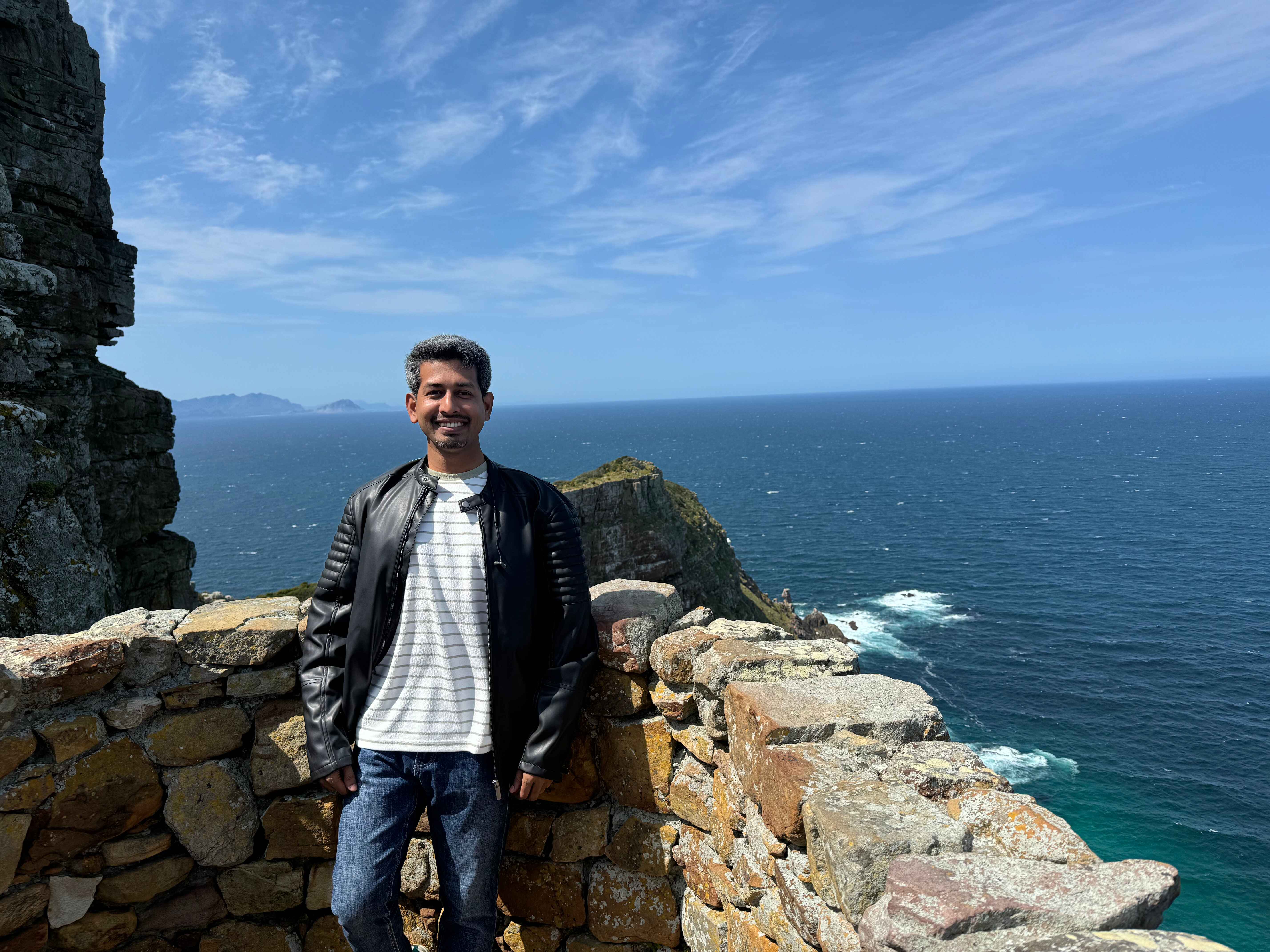
Photo: Cape Point, Cape Town South Africa
A. Travel Preparation
1. Obtaining the VISA and Necessary Documents
Securing a visa for South Africa can be quite challenging. It requires thorough preparation and several key documents, including:
- 1) Visa application form (DHA-84): Available online here.
- 2) Passport: Original and a copy of the bio page. Your passport should be valid for at least three months beyond your planned departure, with at least two blank pages.
- 3) Photo: A passport-sized photograph taken within the last six months. Foreign registration card and copies of both sides.
- 4) Bank statement: This must include your transaction history in English, with a signature or stamp, issued within the last two weeks.
- 5) Flight booking and business trip certificate detailing the purpose, duration, and financial responsibility.
- 6) Invitation letter from the local hosting company specifying the purpose and length of the visit.
- 7) Accommodation proof for your entire stay.
- 8) Yellow Fever vaccination certificate, required if transiting through a Yellow Fever risk area.
Despite the tedious process, everything was sorted in time, making the journey possible.
2. Flight Details: I flew with Emirates Airlines, departing from Incheon Airport to Dubai (EK023) and then from Dubai to Cape Town (EK0770). For the return trip, my flights were Cape Town to Dubai (EK0771) and Dubai to Incheon (EK0324). The total flight cost was KRW 22,92,200.
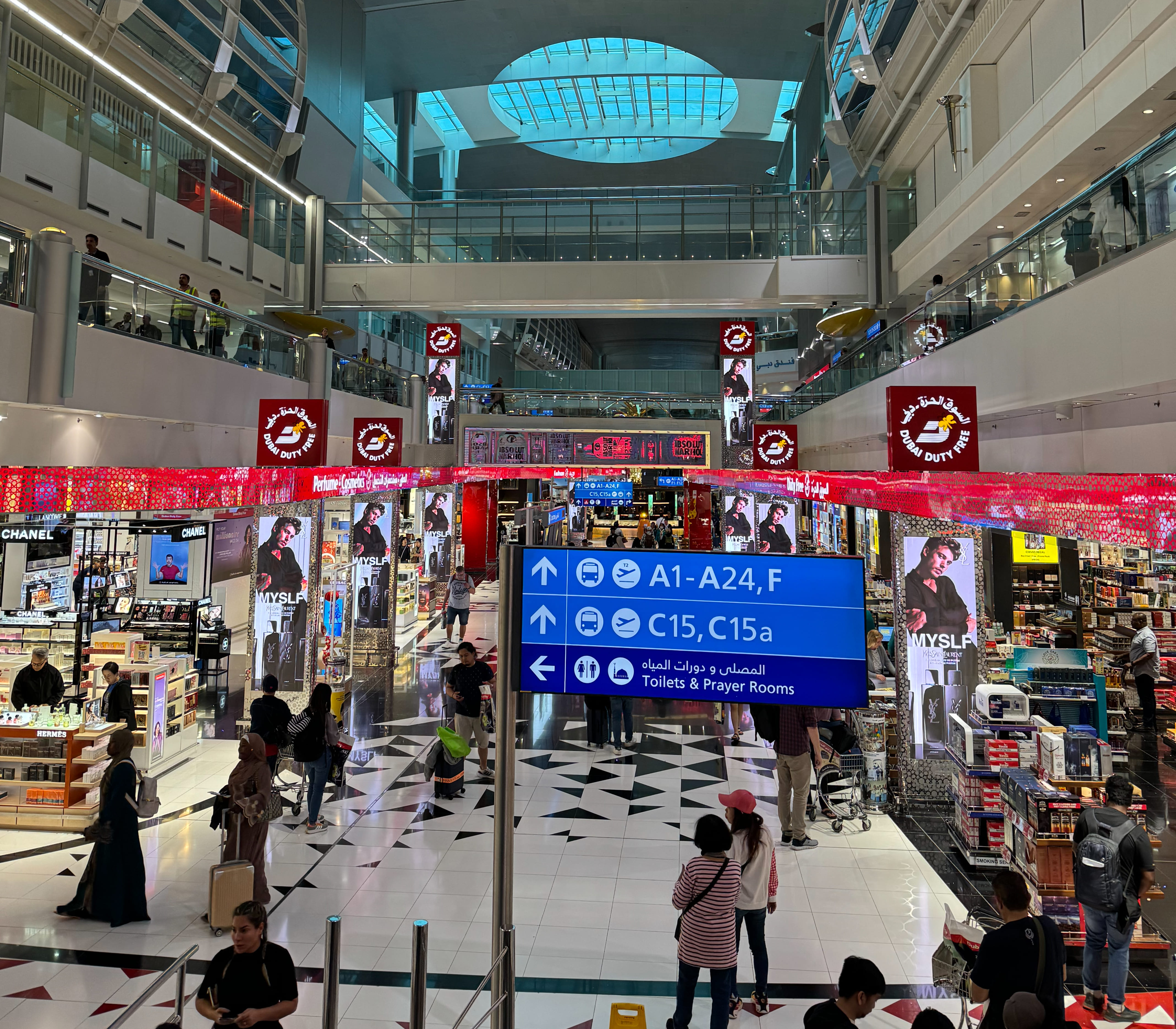
Photo: Dubai Airport
3. Hotel Reservation: I stayed at the Southern Sun The Cullinan, which is conveniently located near the conference venue. The total cost for six nights was KRW 17,56,335, and their contact number is +27214154000.
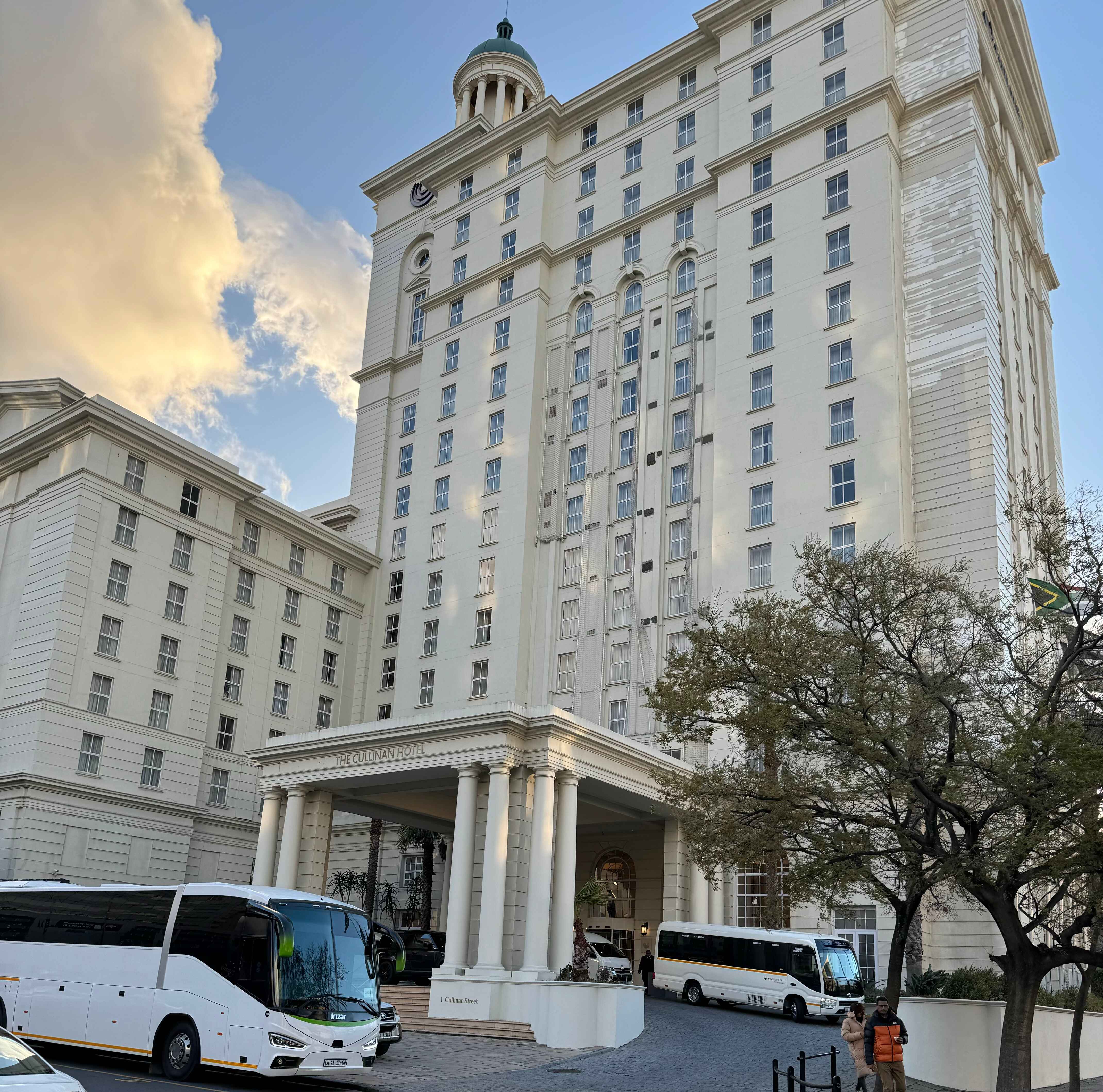
Photo: Southern Sun The Cullinan, Cape Town
4. Yellow Fever Vaccination: Before the trip, I received my Yellow Fever vaccination at Soon Chun University Medical Hospital. The cost was KRW 48,000.
B. Fleming Fund Event
At the side event hosted by Mott MacDonald, I had the honor of presenting on behalf of the International Vaccine Institute (IVI). I focused on our Antimicrobial Resistance (AMR) initiatives, particularly the role of vaccines in combating AMR. I also shared lessons learned from five key projects: CAPTURA, RADAAR, TACE, TADEU, and EQAsia. This gathering was an excellent opportunity to engage with grantees and representatives from across the globe, exchanging insights and forging new connections.
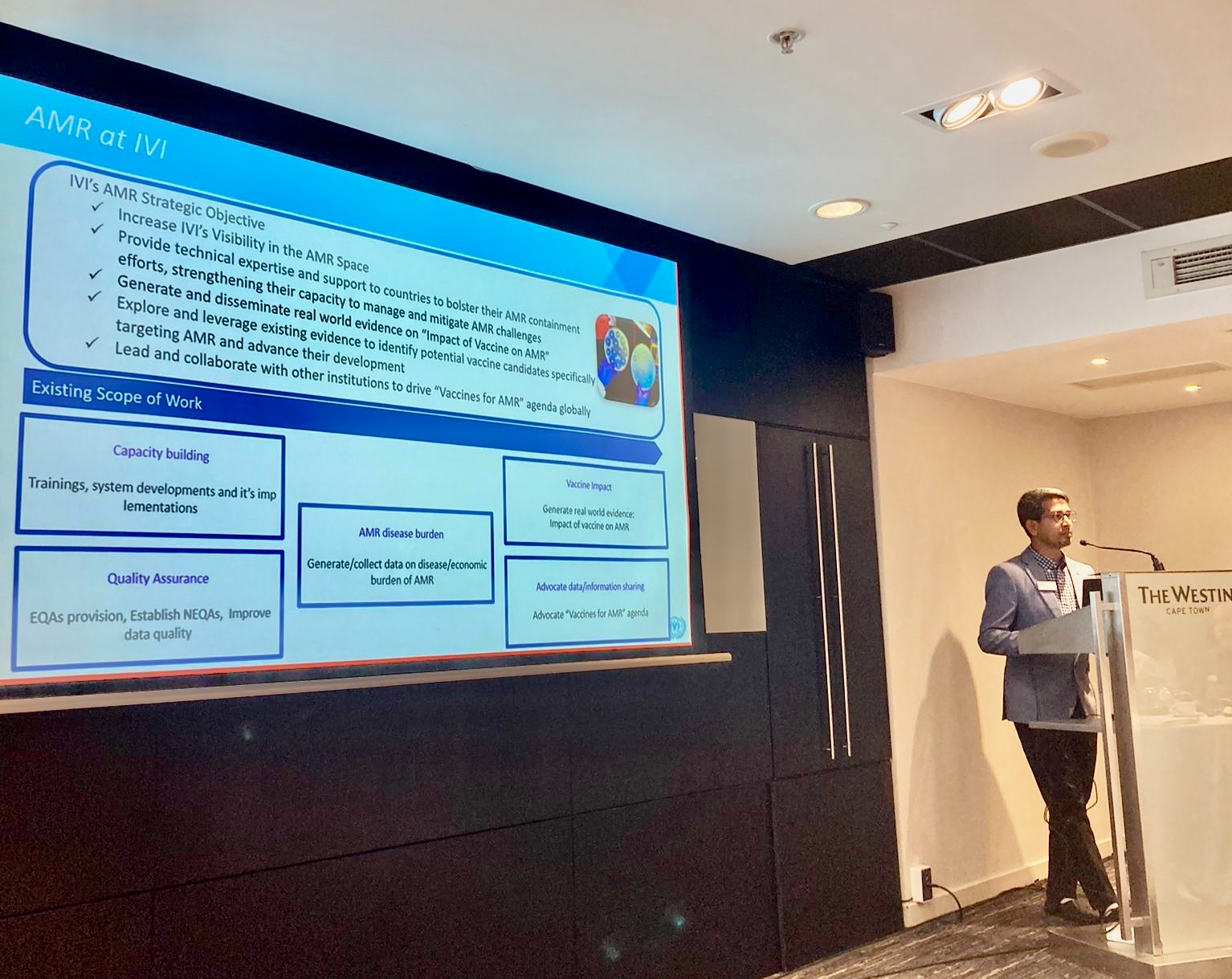
Photo: Presenting AMR at IVI, The Westin, Cape Town
C. 8th World One Health Congress (WOHC)
The 8th World One Health Congress was a landmark event for me. With over 1,450 participants, it was the largest congress I've ever attended. Organized by the Global One Health Community, the congress featured oral and poster presentations, allowing experts from various fields to showcase their work.
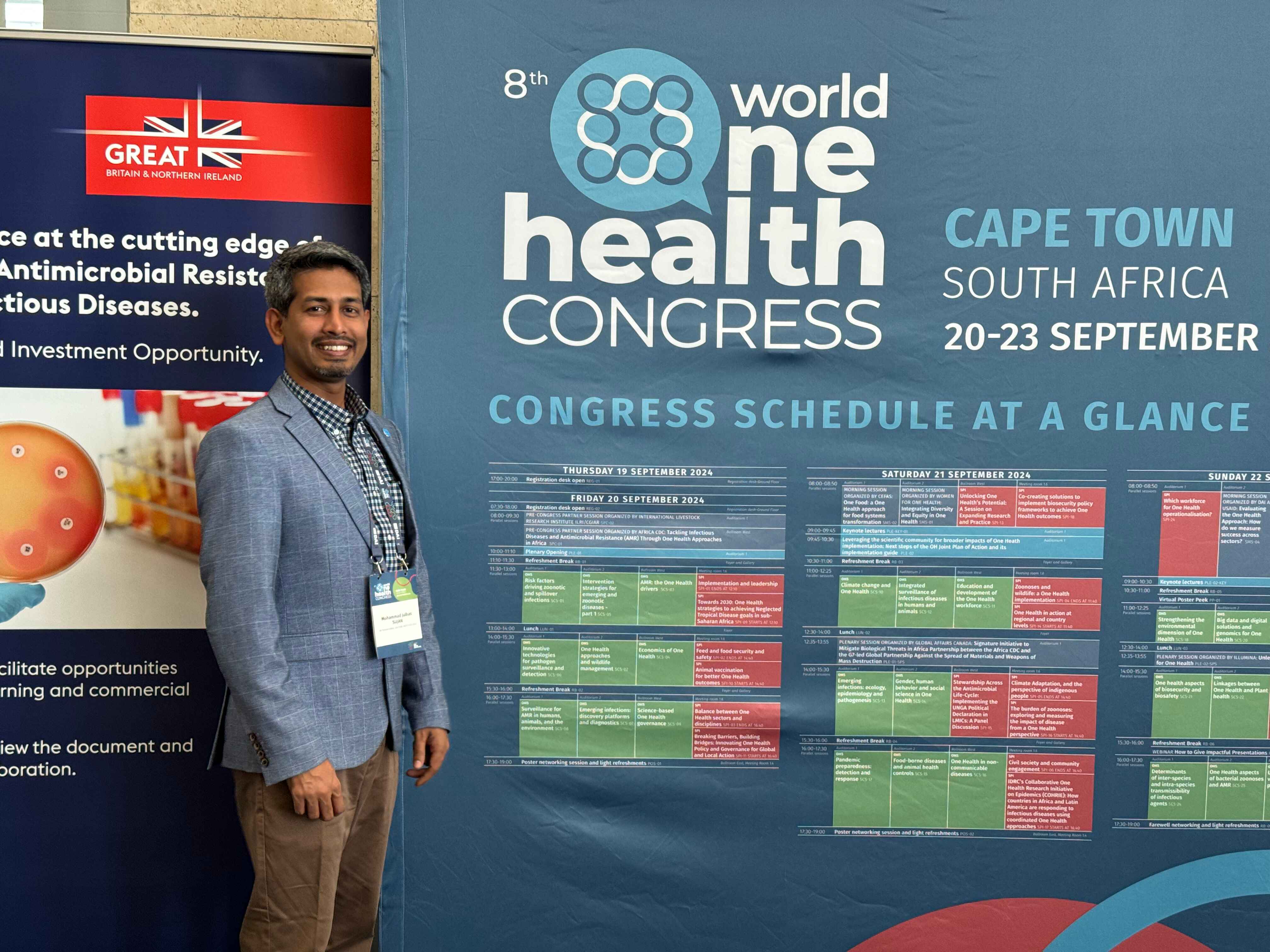
Photo: CTICC
I was fortunate to meet numerous new One Health leaders, as well as reconnect with former colleagues. One key takeaway was the significant role that machine learning and artificial intelligence can play in disease prediction and control. These technologies are becoming indispensable tools in public health, offering exciting possibilities for future research and applications.
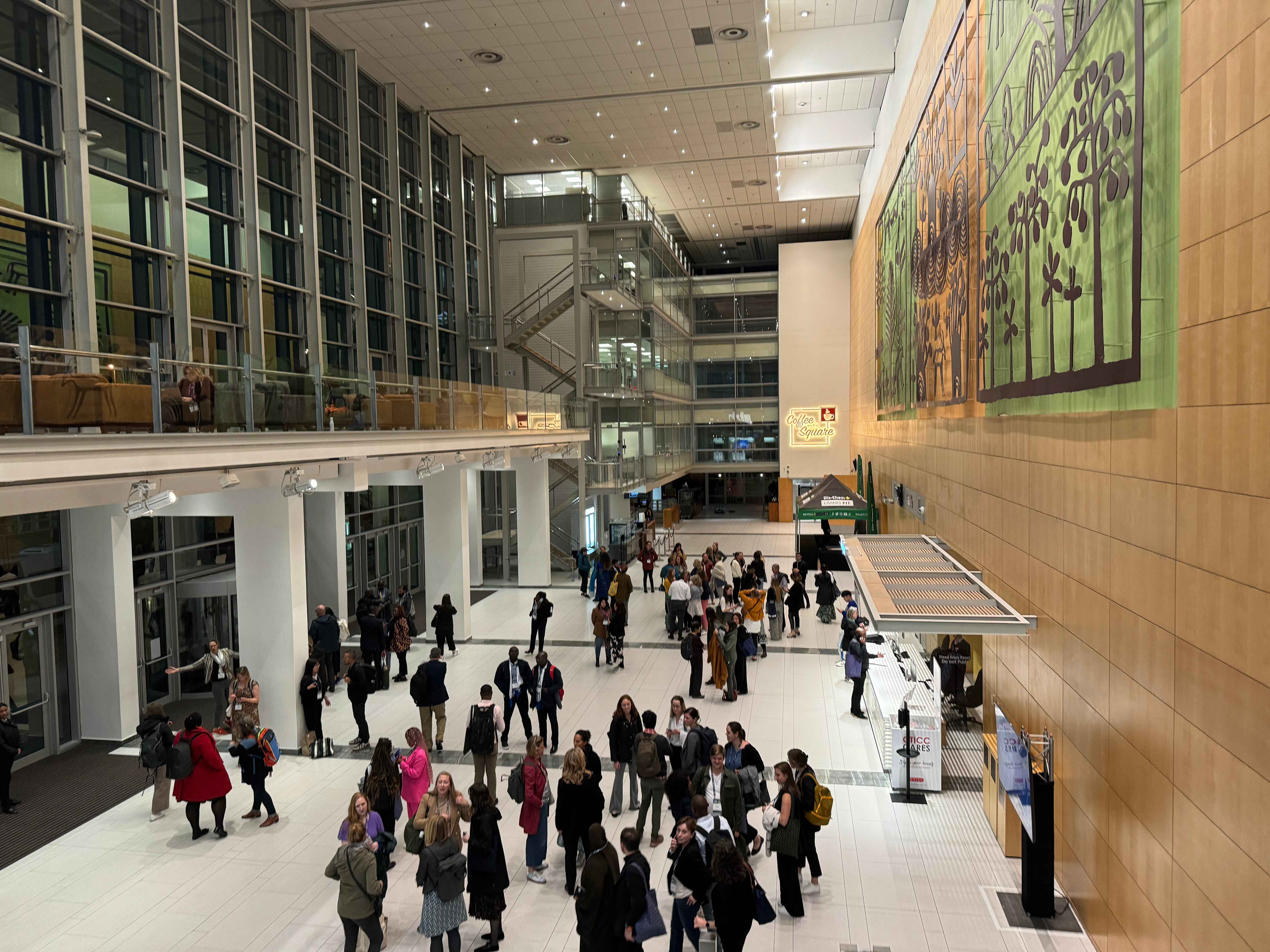
Photo: CTICC
D. Exploring Cape Town: A City of Wonders
Beyond the busy conference schedule, I managed to explore some of Cape Town’s most iconic landmarks and attractions:
1. Nelson Mandela and Other Museum:Though I visited the museum dedicated to South Africa’s beloved anti-apartheid leader, Nelson Mandela, I missed the chance to visit Robben Island, where he was imprisoned for 27 years. This will be a priority on my next trip.

Photo: Nelson Mandela Gateway
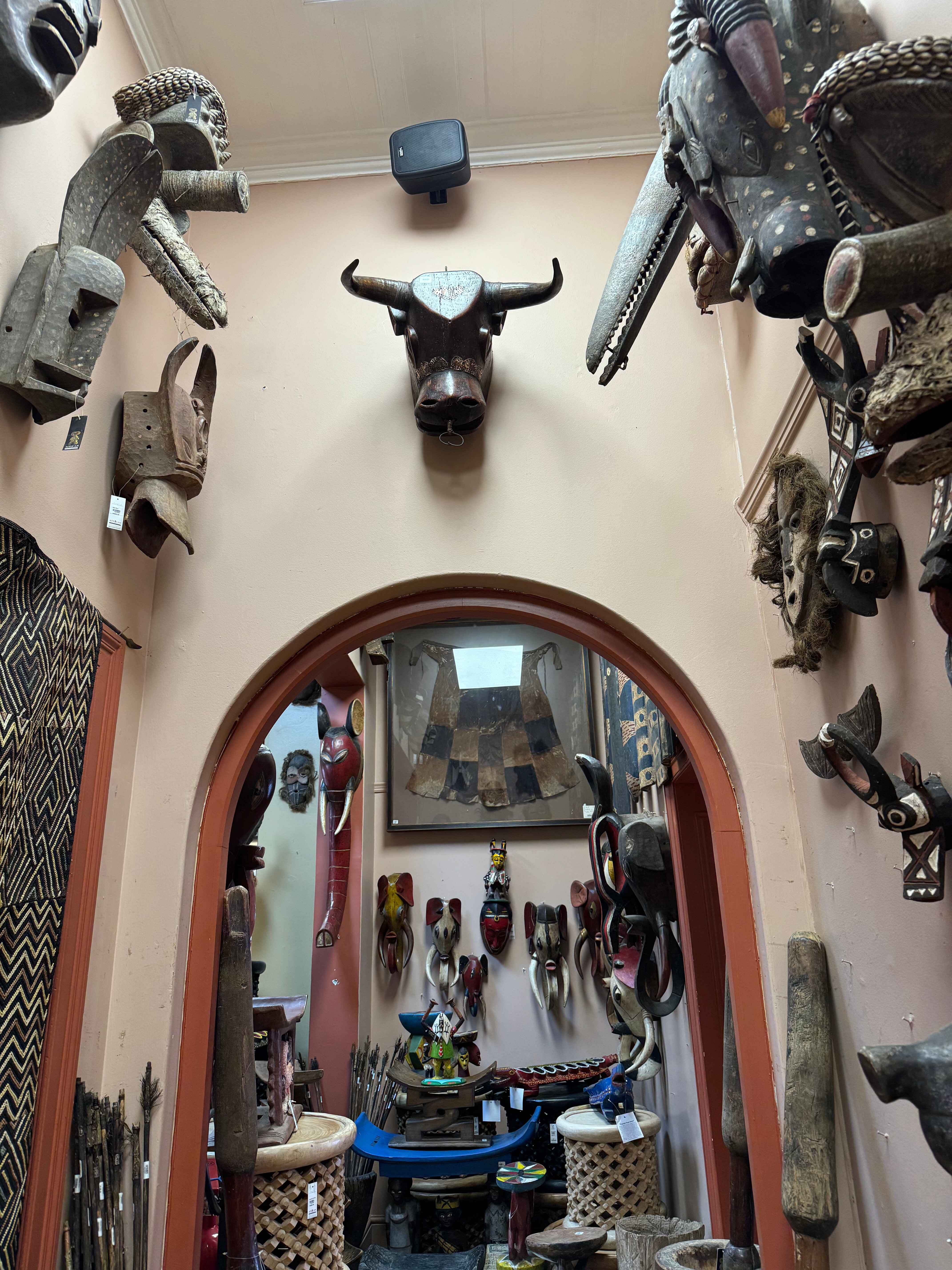
Photo: Museum near to Waterfront
2. V&A Waterfront:
This bustling hub is the largest shopping center in Cape Town. I visited early one morning and purchased a jacket after realizing I had forgotten my winter clothes. The V&A Waterfront offers a variety of shopping options, and I particularly enjoyed the delicious baked fish—a taste I won’t soon forget!
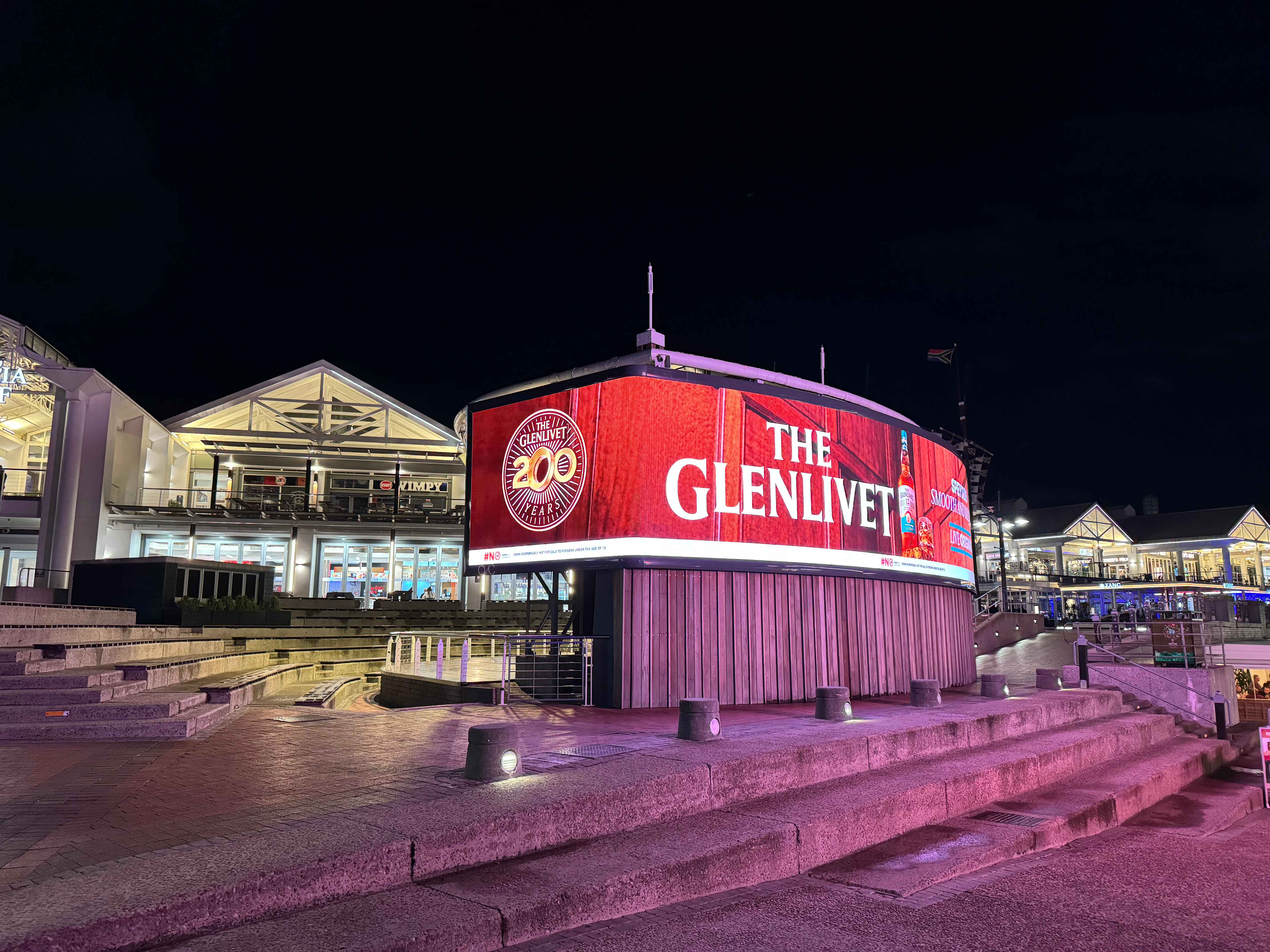
Photo: V&A Waterfront, Cape Town

Photo: V&A Waterfront, Cape Town
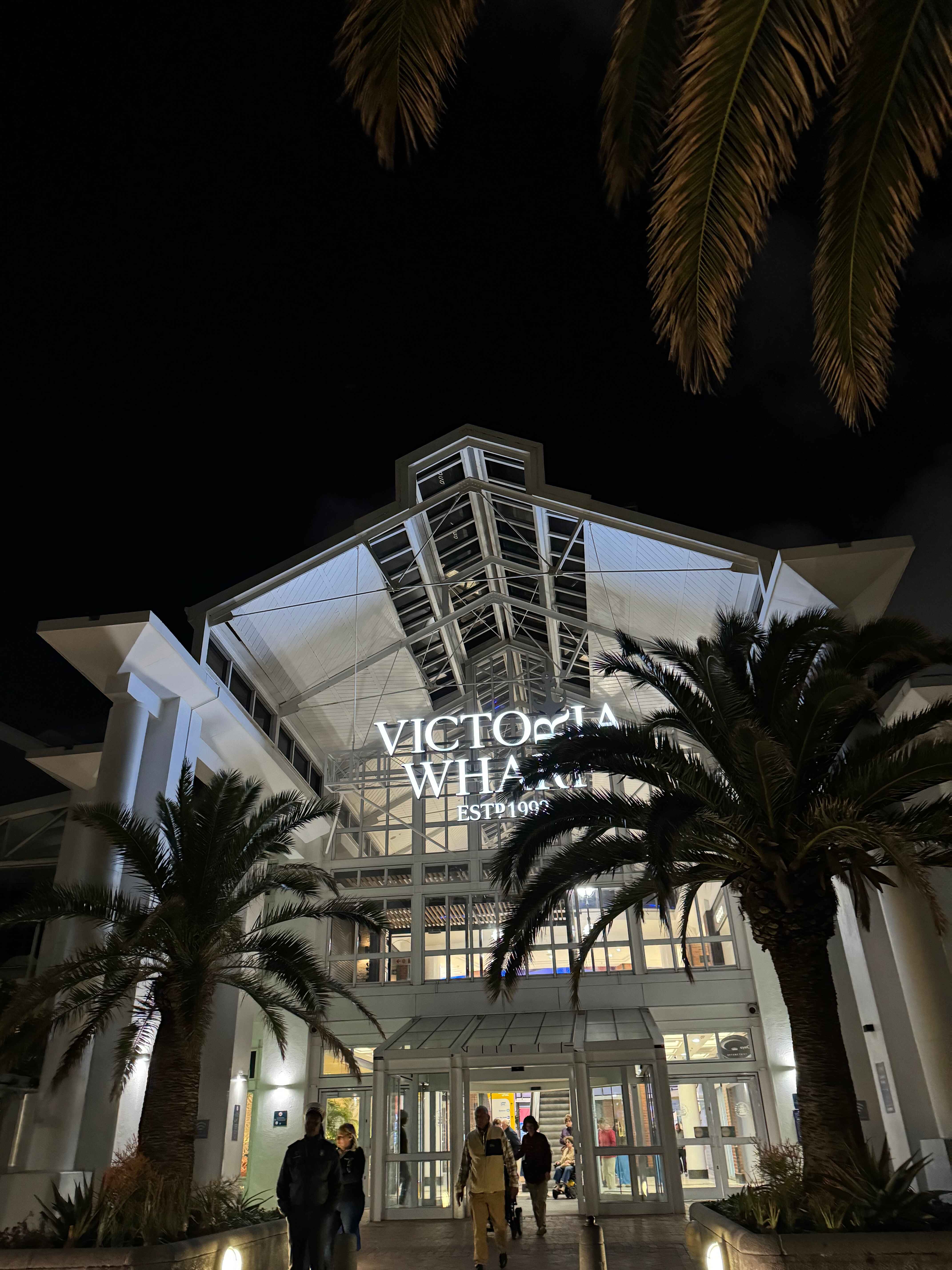
Photo: V&A Waterfront, Cape Town
3. Sea Point:
Sea Point is a lively suburb known for its sandy beaches and tidal pools. I strolled along the beach late at night, enjoying the refreshing sea breeze and the vibrant atmosphere at Mojo Market, which featured live music and a wide selection of food.
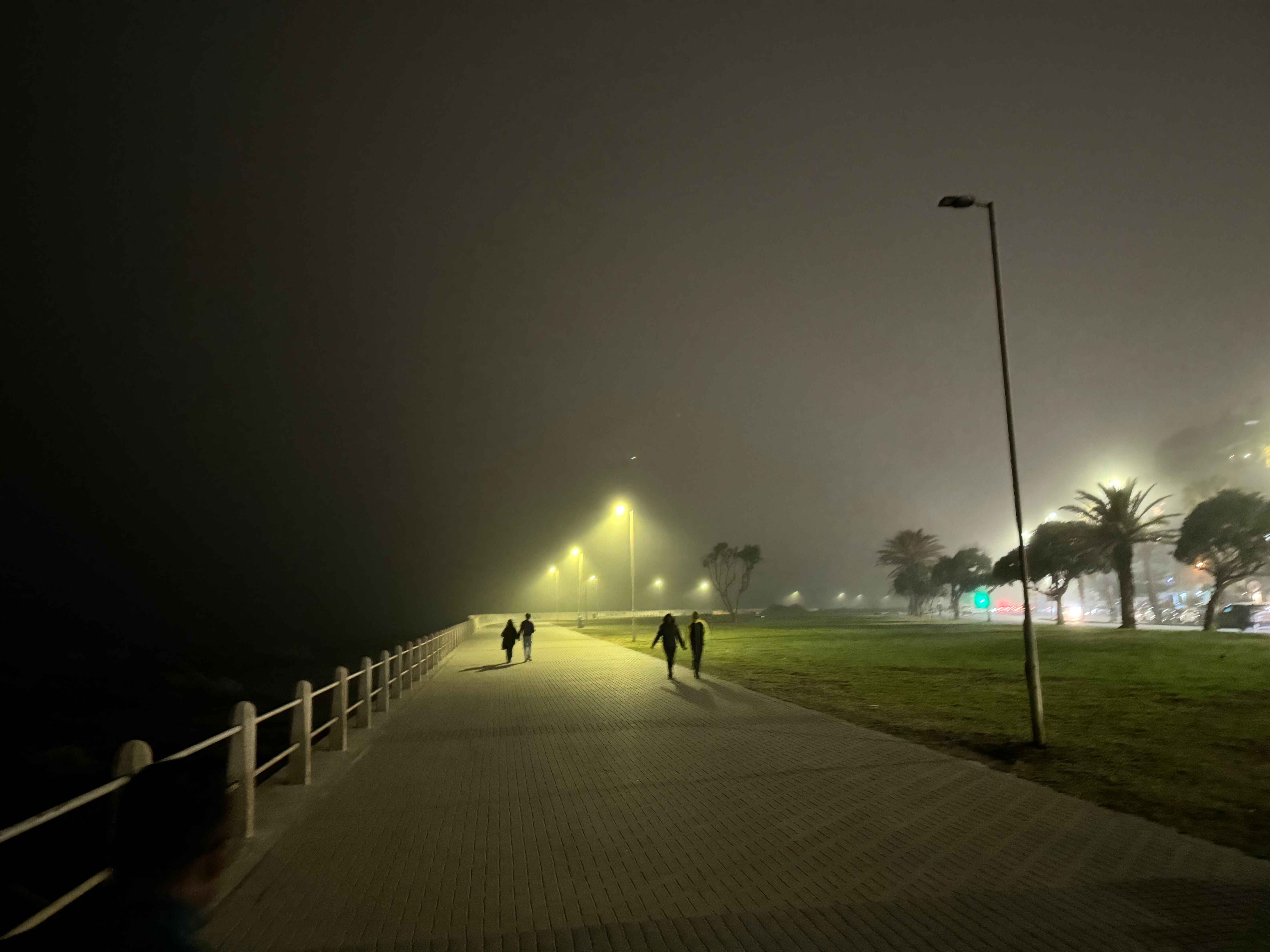
Photo: Sea Point

Photo: Live Music, Mojo Market

Photo: Bake Fish
4. Green Point Park:
Located just behind Mouille Point, the Green Point Urban Park & Biodiversity Garden is a serene, free-access area. It was a peaceful retreat from the busy city life, and I recommend visiting during its opening hours from 9:00 to 19:00.
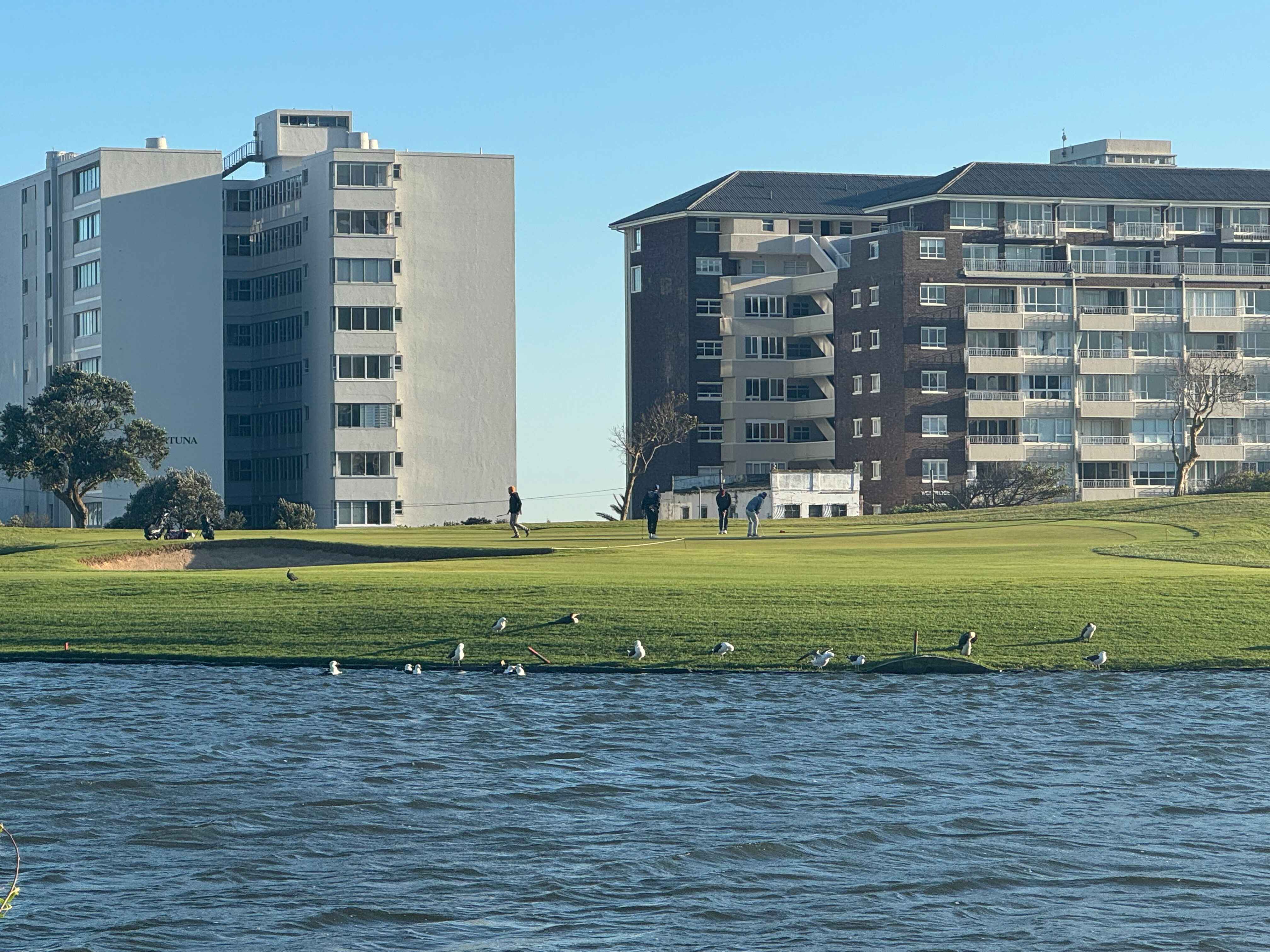
Photo: Green Point Park
5. Helicopter Flights:
Though I didn’t have the time to experience a helicopter ride, it’s something I would highly recommend to anyone visiting Cape Town. A scenic flight offers breathtaking aerial views of landmarks such as Cape Town Stadium, Lion’s Head, Clifton, Camps Bay, the Twelve Apostles, Hout Bay, Chapman’s Peak, False Bay, and Robben Island. Depending on the package, these flights typically range between 2,420 and 3,630 Rand. I’m already looking forward to taking this adventure on my next trip.
6. Cape Town City Hall:Cape Town City Hall is a stunning example of Edwardian architecture and remains one of the city’s most prominent buildings. It’s not only a marvel to behold but also a cultural venue for art exhibitions and concerts. Built between 1900 and 1905, the City Hall became world-renowned in 1990 when Nelson Mandela delivered his first public address from its steps after being released from prison.
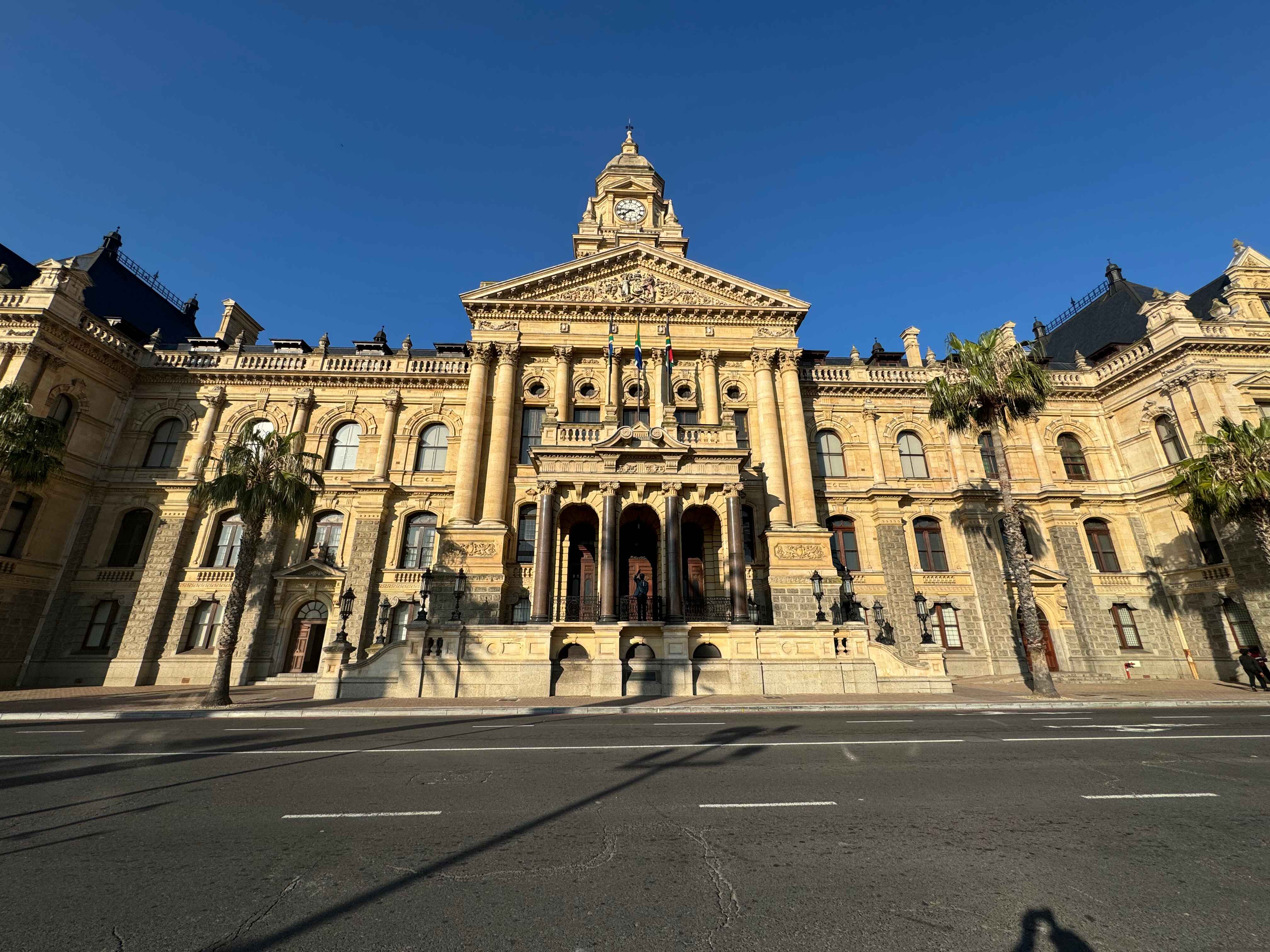
Photo: Cape Town City Hall
7. Cape Point:
One of the most breathtaking parts of my trip was visiting Cape Point. The old lighthouse perched atop rugged cliffs provides stunning views over the Atlantic Ocean. I also saw seals, penguins, and baboons during this adventure, which made it an unforgettable experience.
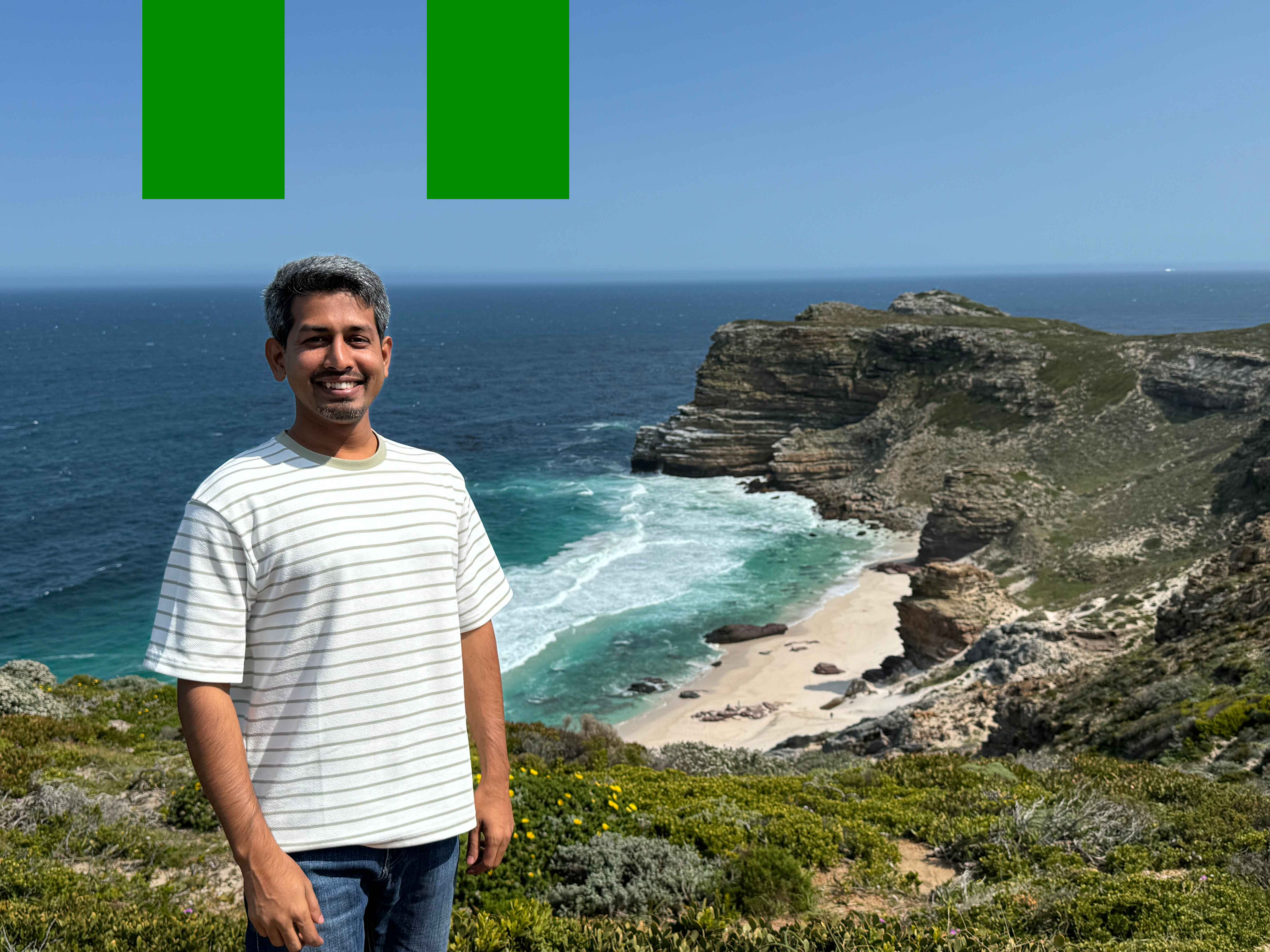
Photo: Cape Point
8. False Bay:
From Cape Point, I caught a glimpse of the new lighthouse and the expanse of False Bay. False Bay is a wide body of water situated between the Cape Peninsula and the Hottentots Holland Mountains. Its mouth opens to the south, bordered by Cape Point to the west and Cape Hangklip to the east. This striking geographic feature is a key part of the natural beauty that defines the region.
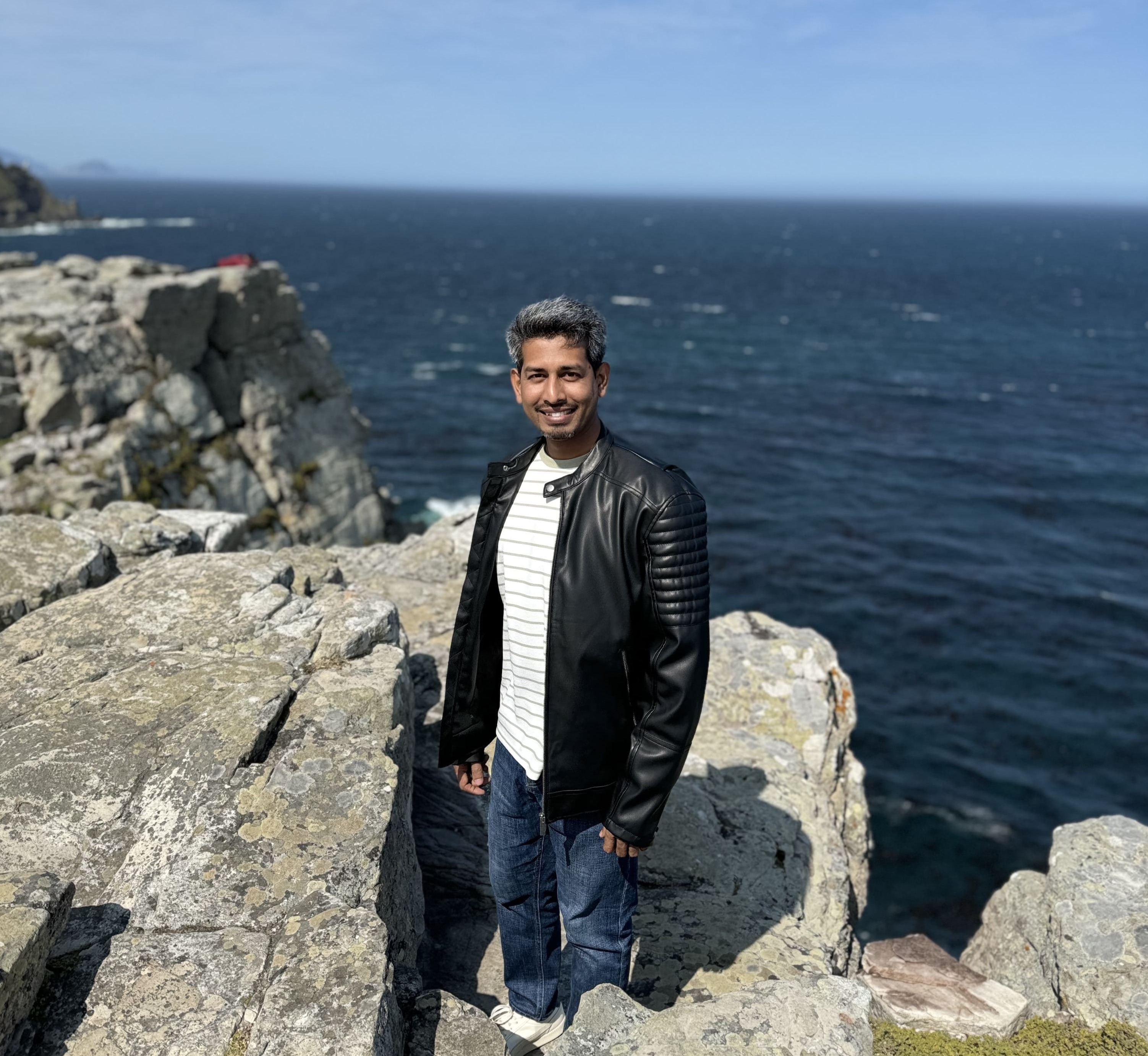
Photo: False Bay
9. Cape of Good Hope:
The Cape of Good Hope is often referred to as the meeting point of the cold Atlantic and the warm Indian Ocean, though it's actually the most southwestern point of Africa. The area offers fantastic hiking opportunities, with trails leading to stunning vantage points. The iconic Cape of Good Hope sign is a popular attraction, and during my visit, I was lucky enough to see local wildlife, including seals, penguins, ostriches, eland, and baboons.
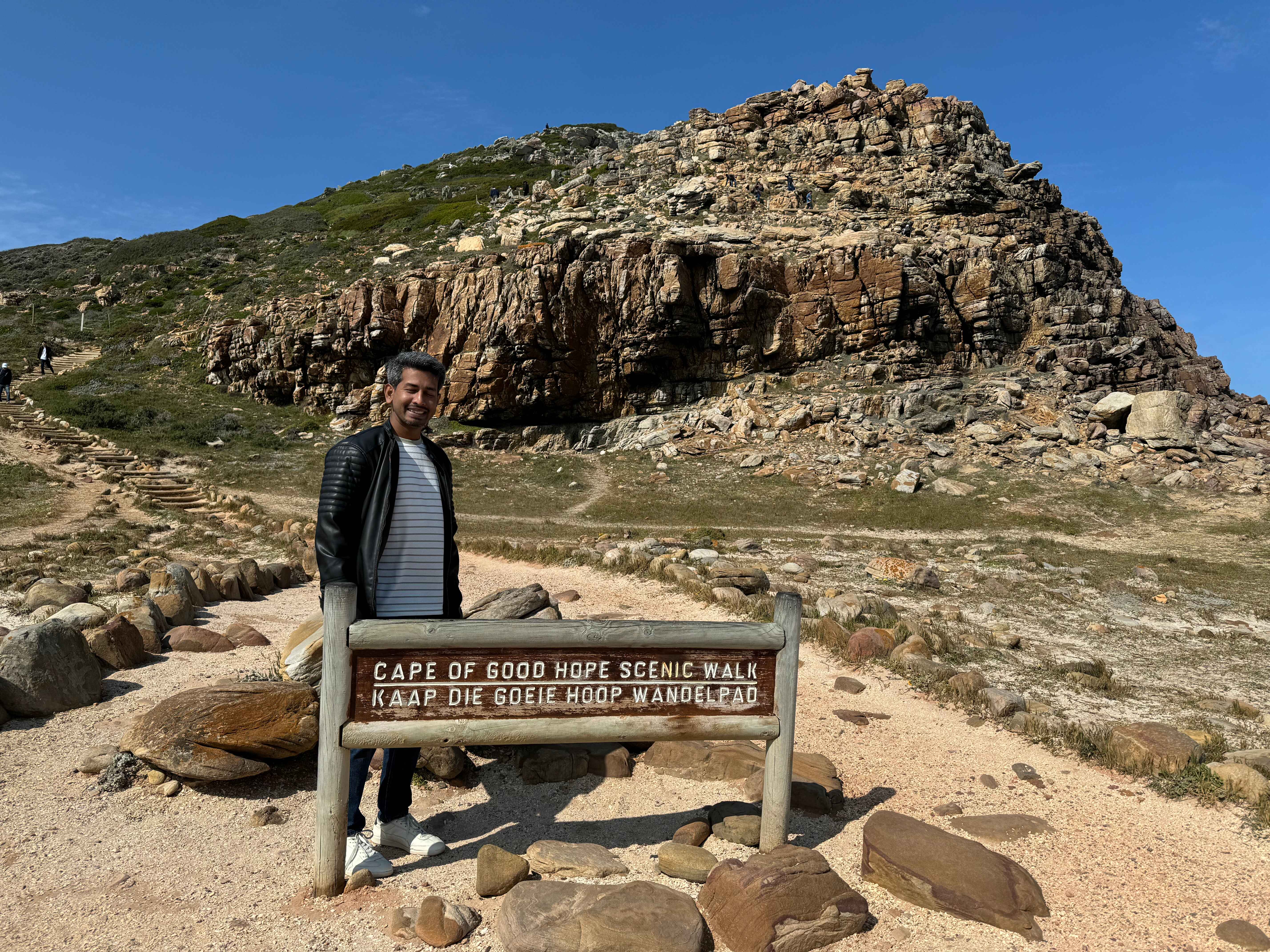
Photo: Cape of Good Hope
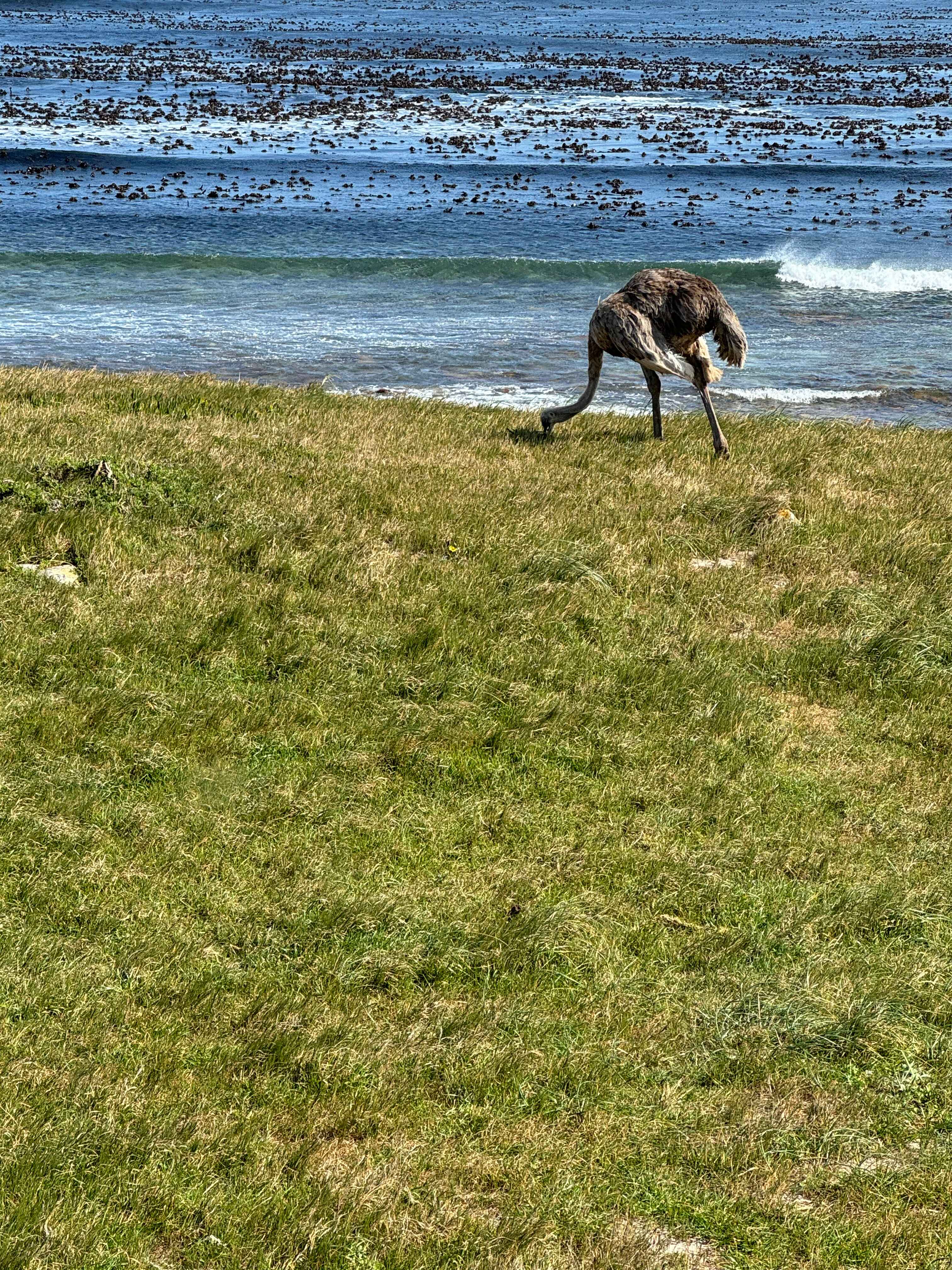
Photo: Cape of Good Hope
10. Table Mountain:
Table Mountain, one of the New Seven Wonders of Nature, is a must-visit for anyone traveling to Cape Town. This iconic flat-topped mountain offers two main ways to reach the summit: via the popular Cableway or by hiking. With its 3-kilometer-wide plateau and dramatic cliffs, it’s no wonder that Table Mountain National Park draws 4.2 million visitors annually. I had the privilege of experiencing both the cable car and the hike, and the views from the top were nothing short of breathtaking.

Photo: Table Mountain
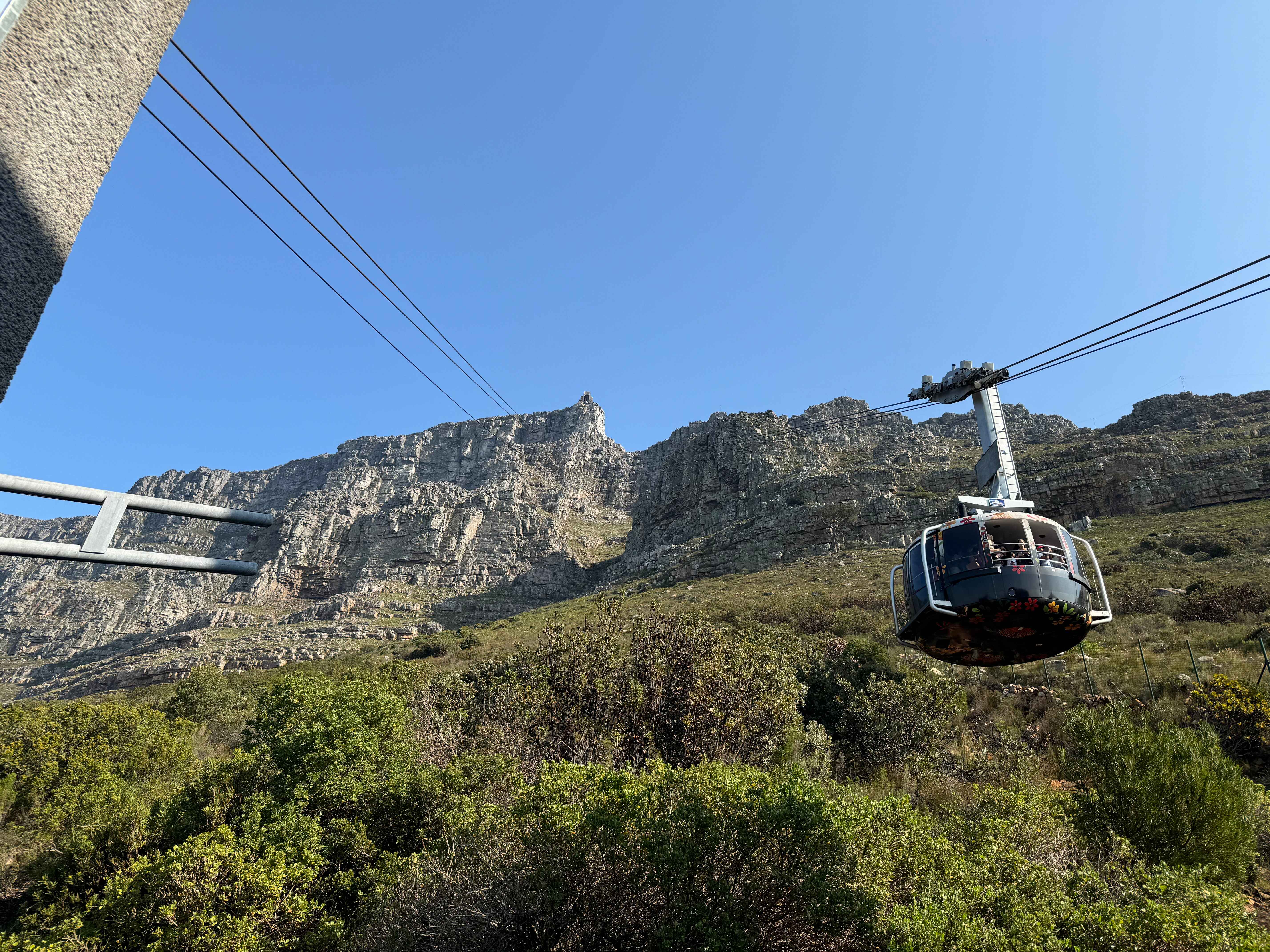
Photo: Cable Car, Table Mountain
12. 15 KM run:
I embarked on a 15 km run, starting from my hotel and heading towards the scenic Sea Point. The route along the coastline offered stunning views of the ocean, with the crisp sea breeze adding a refreshing touch to the morning. After reaching Sea Point, I made my way back through the city's bustling streets and passed through Green Point Park. The park's serene greenery and well-maintained paths made for a peaceful contrast to the lively beachfront, providing the perfect cool-down stretch before I completed my run. This route combined the best of Cape Town’s natural beauty and urban charm, making it a truly memorable experience.

Photo: 15k Run
E. Key Takeaways from This Journey
My trip to Cape Town was more than just a professional commitment—it was an enriching learning experience.
- 1) I witnessed one of the Seven Natural Wonders of the World.
- 2) I deepened my understanding of African culture.
- 3) I built meaningful connections with global experts in One Health and public health.
- 4) Unfortunately, I had a negative experience when I lost around USD 1,100 at the hotel. This has taught me a valuable lesson: next time, I will be more cautious with my belongings and trust no one blindly.
In conclusion, Cape Town is a city of contrasts—rich in history, culture, and modern advancements. From the enlightening professional events to the awe-inspiring sightseeing opportunities, this trip was both rewarding and unforgettable. I look forward to returning one day, perhaps to experience the places I missed, such as Robben Island and the helicopter tours that offer a bird’s-eye view of this incredible city.
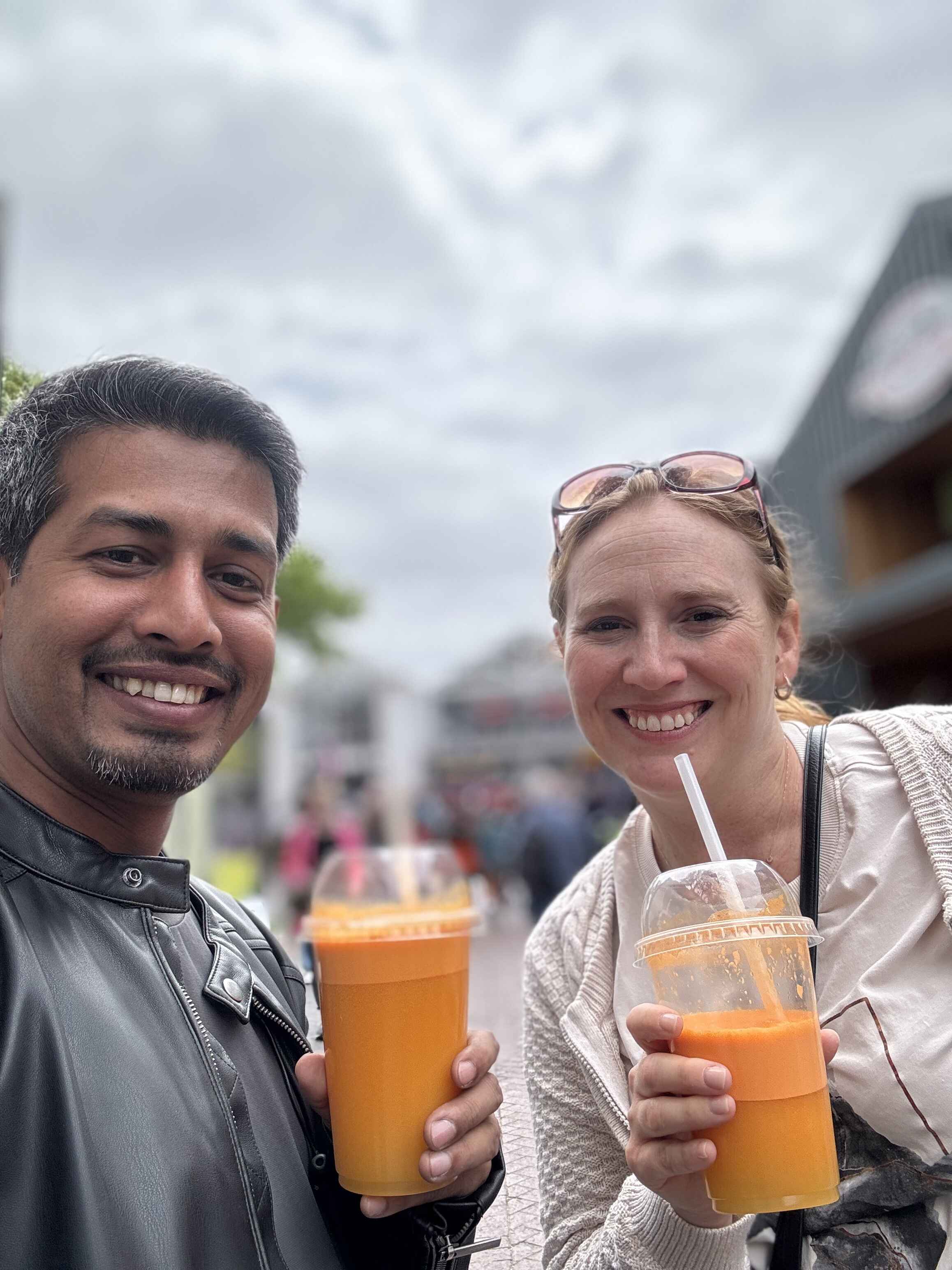
Photo: With my friend and fellow entrepreneur.
[এই আর্টিকেলটি কপি বা শেয়ার করার ক্ষেত্রে আমার এই সোর্সকে মেনশন করার জন্য অনুরুধ করা হলো। ]
[ রেফারেন্স: জুলহাস সুজনের ব্যাক্তিগত ওয়েবসাইট থেকে - https://julhas.com/travelling/cape/town ]